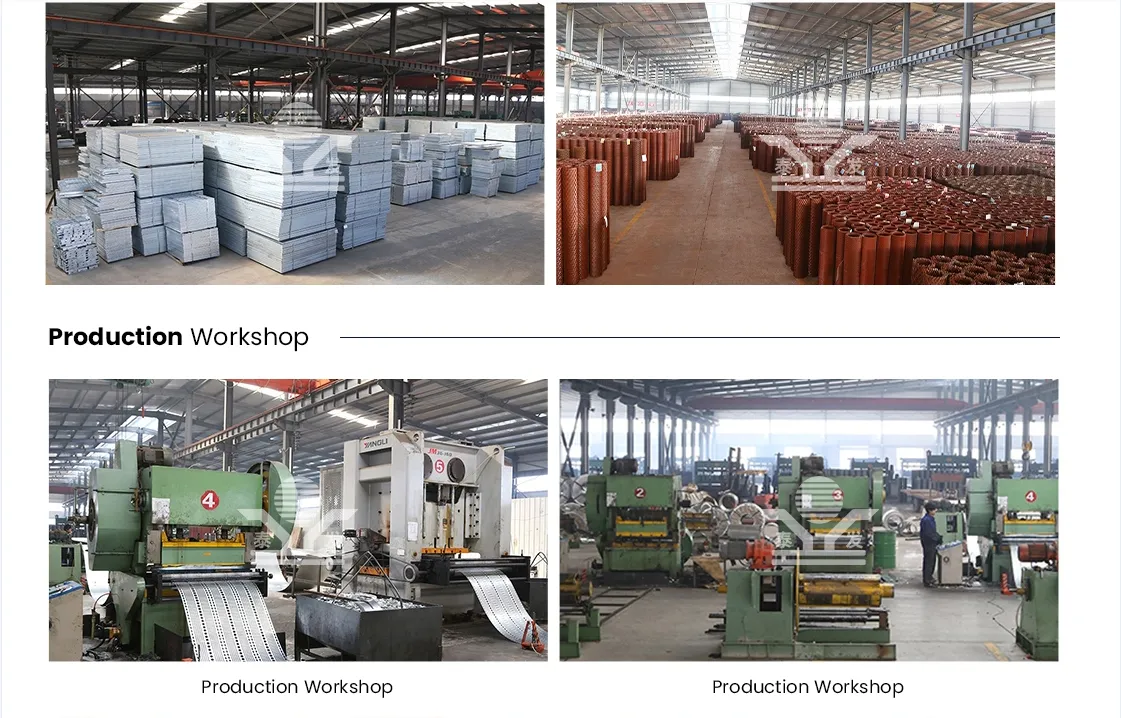Understanding SS Grating Drain An Essential Element in Modern Drainage Solutions
In urban planning and infrastructure development, effective drainage systems are crucial to managing surface water and preventing flooding. One key component of these systems is the SS (stainless steel) grating drain. This article explores the functionality, advantages, and applications of stainless steel grating drains, shedding light on why they are increasingly favored in various settings.
The Basics of SS Grating Drain
At its core, a stainless steel grating drain is a drain cover designed to filter water while allowing debris to fall through. It typically features a grid-like pattern composed of stainless steel bars that provides strength and durability. The drain is usually integrated into walkways, parking lots, and other surfaces where water accumulation is a concern. The design and material of these drains are critical, as they must withstand heavy loads and resist corrosion from environmental factors.
Advantages of Stainless Steel
Stainless steel is an ideal material for grating drains due to its superior properties. First and foremost, it is highly resistant to rust and corrosion, making it suitable for harsh weather conditions and exposure to various chemicals. This resistance ensures a longer lifespan, which is particularly advantageous for infrastructure budgets that aim to minimize maintenance costs.
Moreover, stainless steel often features an elegant and modern aesthetic. Its shiny appearance can enhance the visual appeal of urban spaces while maintaining functionality. This blend of form and function is vital for architects and city planners who aim to create attractive, yet practical, environments.
Applications in Various Industries
ss grating drain

SS grating drains find extensive applications across multiple sectors. In residential and commercial settings, they are commonly used in driveways, patios, and pool areas to effectively manage water runoff. Their ability to channel water away from structures prevents potential water damage and erosion, which can lead to costly repairs.
In industrial applications, stainless steel grating drains are preferred for their robustness and hygiene. Industries such as food processing and pharmaceuticals require high sanitation standards. Stainless steel meets these needs, as it is non-porous and easy to clean, thus reducing the chance of contamination.
Similarly, hospitals and medical facilities benefit from SS grating drains, given their sterile nature and resistance to heavy loads. In these environments, managing water effectively is critical for ensuring safety and preventing slip hazards.
Environmental Considerations
As urban development continues to expand, the need for sustainable infrastructure becomes more pressing. Stainless steel grating drains contribute to environmental sustainability by promoting efficient drainage management. By directing excess rainwater into appropriate channels, they reduce the risk of flooding and allow for the replenishment of groundwater sources.
Moreover, stainless steel is a recyclable material. In a world increasingly focused on reducing waste and recycling resources, the option to recycle grating drains at the end of their lifecycle aligns with environmentally-friendly practices.
Conclusion
In conclusion, SS grating drains represent a critical innovation in modern drainage solutions. Their durability, aesthetic appeal, and versatility make them indispensable in a variety of settings, from residential to industrial applications. As urban planners and developers continue to prioritize effective water management and sustainability, stainless steel grating drains will undoubtedly play a key role in shaping resilient and efficient infrastructures. Investing in quality drainage solutions not only protects properties from water damage but also contributes to the broader goals of sustainability and environmental stewardship.
-
Why Galvanized Trench Cover Steel Grating Resists Corrosion
NewsJul.10,2025
-
The Versatility and Strength of Stainless Expanded Metal Mesh
NewsJul.10,2025
-
Load Calculations in Steel Grating Platforms
NewsJul.10,2025
-
Keeping Pets and Kids Safe with Chicken Wire Deck Railing
NewsJul.10,2025
-
Hole Diameter and Pitch for Round Perforated Metal Sheets
NewsJul.10,2025
-
Aluminium Diamond Mesh in Modern Architecture
NewsJul.10,2025
Subscribe now!
Stay up to date with the latest on Fry Steeland industry news.

